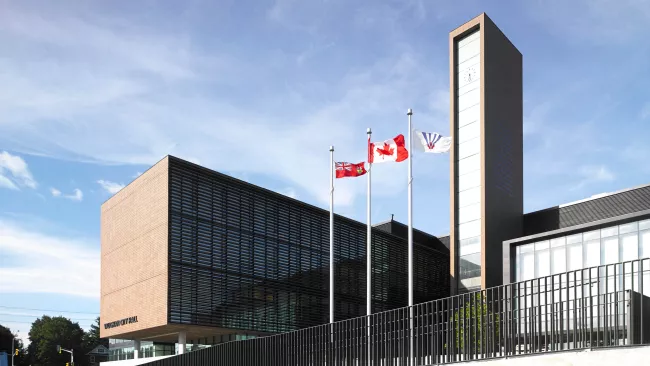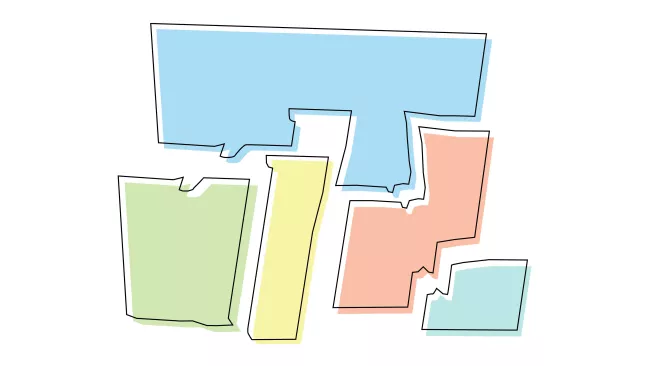From the archives: the Maple Airport
Learn more about the city’s history from the Vaughan Archives
From the traditional territories of the First Peoples of Turtle Island, to a farmland community, to a bustling city centre and everything in between – Vaughan's transformation is a story worth telling. The City of Vaughan’s popular monthly series continues, with historical content from the Vaughan Archives being shared.
Scroll through memory lane, learn about the city's past and explore the places, people and events that were pivotal to the development of the Vaughan we know today. This month, the City is highlighting the Maple Airport.
Marion Orr, one of Canada’s first female pilots, established an airfield and flying school in Maple at the end of the Second World War. Orr served as an Air Transport Auxiliary and was the second female licensed control tower operator in Canada at the Goderich Royal Canadian Air Force base.
The airport's opening was originally opposed by the residents of Maple who started a petition against it. In 1953, By-law 1811 was passed by the Township of Vaughan to prevent the construction of an airport, landing ground, flying school or any business involving aircrafts within Maple. Dissatisfied with this decision, Orr travelled to Ottawa to meet with Prime Minister Louis St. Laurent and received federal support for the airport. She had the by-law rescinded, and the airfield and flying school became a reality.
The airport was established on the lands southeast of Major Mackenzie Drive and Jane Street. From 1955 to 1987, the airport consisted of two intersecting runways in an “X” pattern. It was the third busiest private civilian and commercial airport in Canada and did not have a control tower. Increased urbanization and development in Maple led to its closure in 1987, and the Petit Prince Catholic Schoolis now located on the former airport site.
ABOUT VAUGHAN ARCHIVES
Established in 1988, the City’s Archives is home to more than 600 collections, consisting of both City records and cultural records about Vaughan from 1860 to the present day. Records include, but are not limited to:
- City business records with long-term legal and administrative value, such as Council meeting minutes, by-laws, assessment rolls, financial records, reports and official correspondence
- church, community and school records
- census records
- historical photographs
- land records
- historical maps, plans and aerial photographs
- newspapers
- personal papers of past residents and founding families, such as diaries, family histories, journals and letters
- records of local organizations, both past and present
VIEW VAUGHAN'S ARCHIVES ONLINE!
The City's Archival Collection is on digital display for all to explore! The below galleries are available in the City's online gallery on Flickr:
- Early Communities of Vaughan
- From Township to City: The Evolution of Vaughan
- Featured Artists of Vaughan
- Historical Families of Vaughan
- Historical Figures: Lord Beaverbrook
- Historical Photography
- Recollections of Rural Vaughan
- The Mary Wood Collection
- The Way We Were: Representations of Vaughan's Past
- Vaughan Working Environments
- Vaughan Through the Ages: Medicine, Music and Sports and Recreation
- Early Churches of Vaughan
- Historical Schools of Vaughan
A personal Flickr account is not required to access the City's online gallery, which contains only a small selection of the full archives collection. If you are looking for a particular image, original file, primary source record or more, please visit the Archival Database, or contact the Vaughan Archives by calling 905-832-2281 or emailing archives@vaughan.ca.
By managing and preserving both City and community records, the Enterprise Information Management Services team ensures that Vaughan's rich and varied history will continue to be available for future generations. Learn more at vaughan.ca/archives.
For the latest updates, subscribe to Vaughan News and follow the official corporate channel on Twitter, Facebook, Instagram and LinkedIn.





